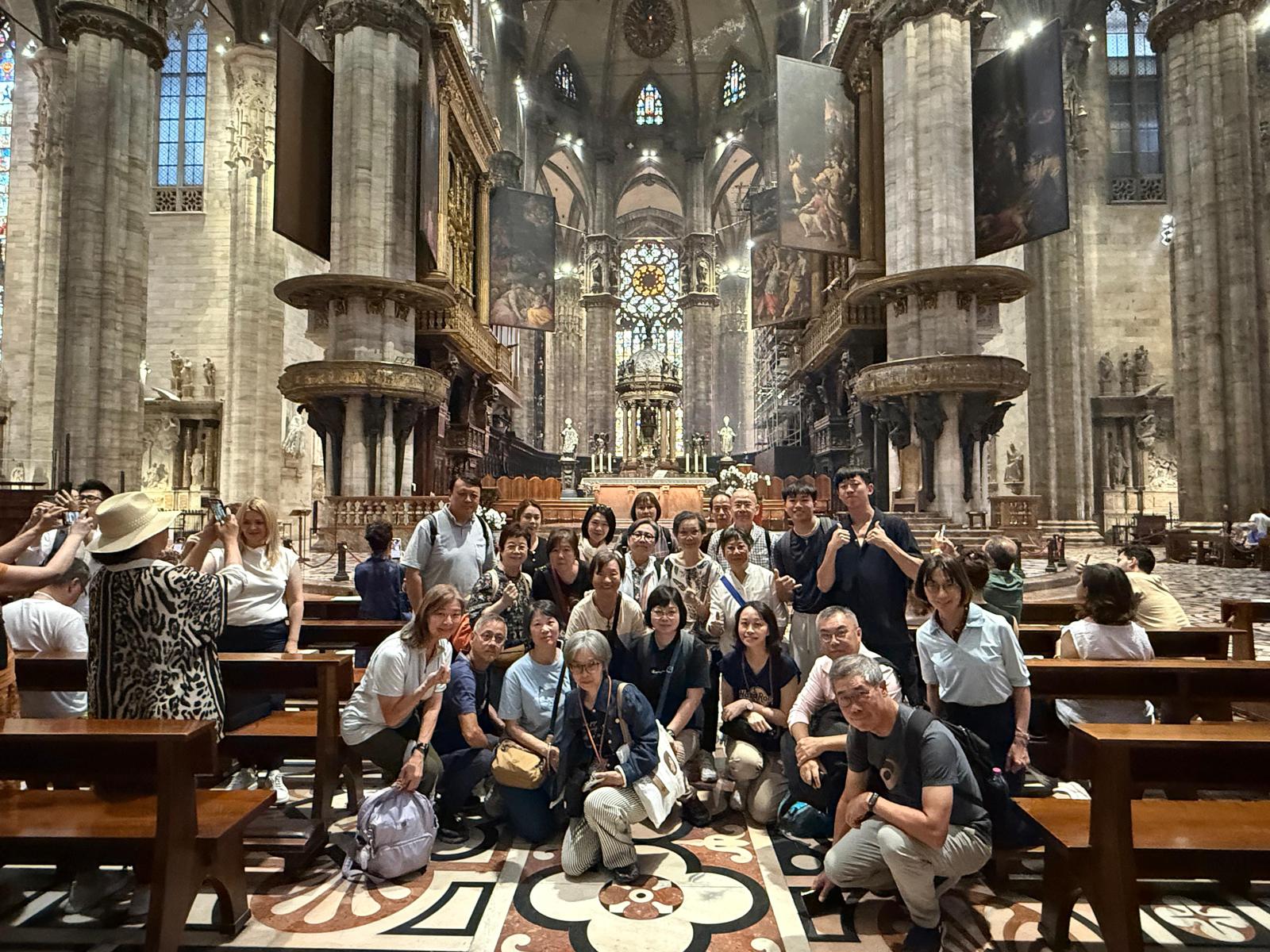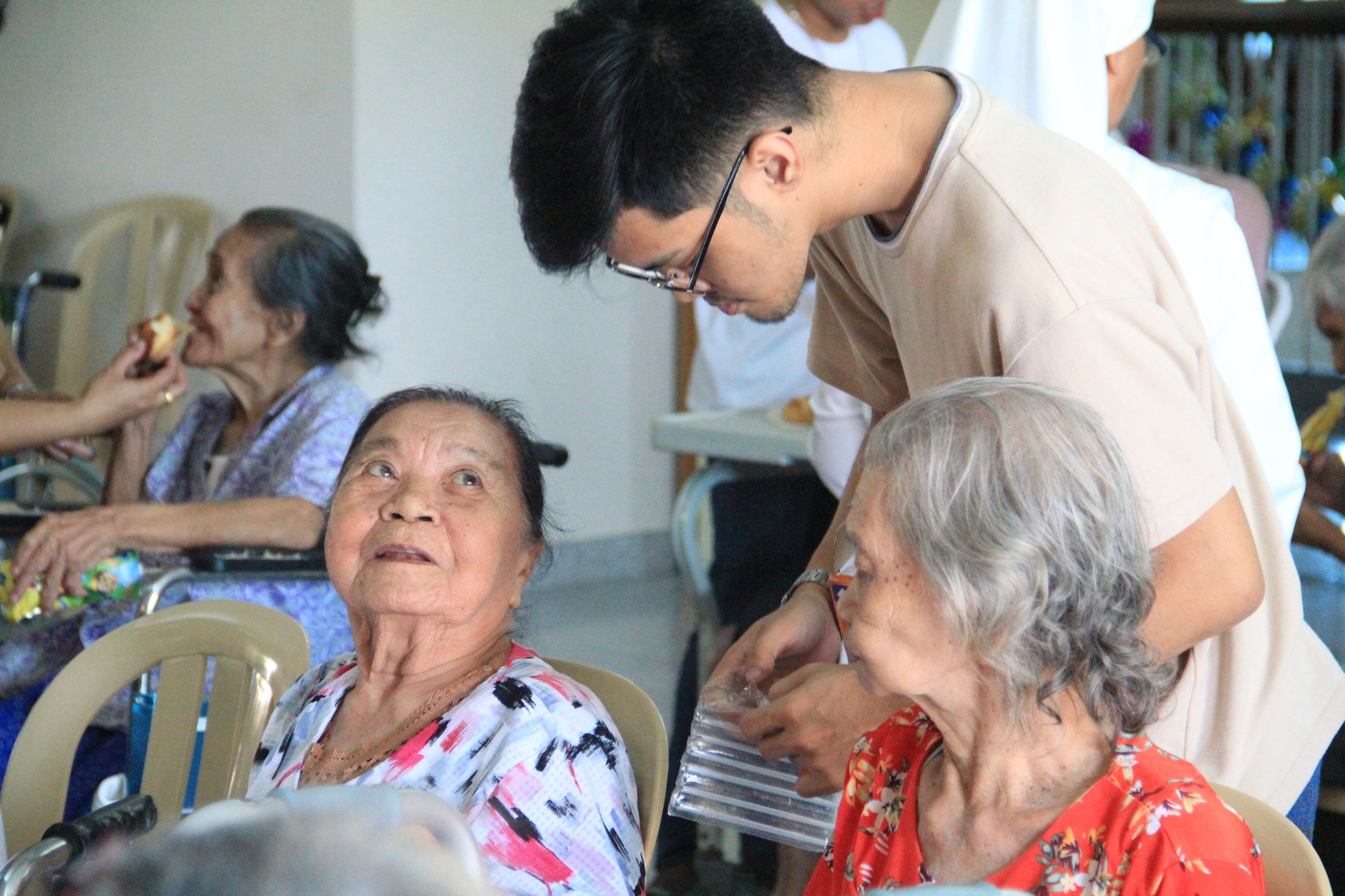– Enrico Finotti
I have read that even the Christmas tree has a Christian origin. Could it be proposed as a sign of faith next to the crib?
The Christmas tree has Christian roots and can still have an adequate Christian interpretation. Historically various elements must be considered: the feast of the progenitors, celebrated in the Eastern liturgy on December 24 and the tenor of some oriental liturgical texts; in the Latin liturgy the hymn of the Christmas office “the sprout of Jesse bloomed, the tree of life gave its fruit.
In fact the evergreen tree well interprets the immortal life of the tree of life and its decorations recall the fruit of the knowledge of good and evil. Then our progenitors wanted to become like God and to know good and evil, but without God and against Him and they got death. In the fullness of time the new Adam, obeying the Father, erasing the old disobedience, obtained for all of us both the immortal divine life and adoption as sons, and the knowledge of good and evil, having received in us “the thought of Christ” and “the intoxication of the Spirit.” Truly the ancient desire of man to “become like God,” in Christ, has been realized. In fact: God became man, so that man becomes God. This is why just under the Christmas tree there is the crib, in which the true fruit of the tree of life is offered to all men: Christ Jesus, made food for us in the most holy Eucharist and made available in the manger of Bethlehem, the house of bread. To inaugurate the Christmas tree in the churchyard with an illumination ceremony, celebrated on one of the days preceding Christmas in the context of major vespers, could be very significant to set itself up for the great solemnity.
The most suitable day for the inauguration of the Christmas tree could be December 21st, winter solstice. In fact, on this date, the increase of cosmic light symbolizes the growth of the true light that is about to come into the world. Even the major antiphon of December 21 refers to the sunlight, which recovers heat and, in the visible, contemplates and invokes the Christ, true Sun of justice: “O Star that arise, splendor of eternal light, sun of justice: come, enlighten those who lie in darkness and in the shadow of death.” The lighting of the tree, at the end of the major vespers of the day, could thus interpret the participation and joy of creation in the now coming birth of the Redeemer and thus reinvigorate the expectation of the last days of Advent, according to the warning of another beautiful antiphon of this day: “Do not be afraid: the fifth day the Lord will come.”
(From Il mio e il vostro sacrificio. Il liturgista risponde, 2018©Chorabooks. Translated by Aurelio Porfiri. Used with permission of the publisher. All rights reserved)

 Follow
Follow


